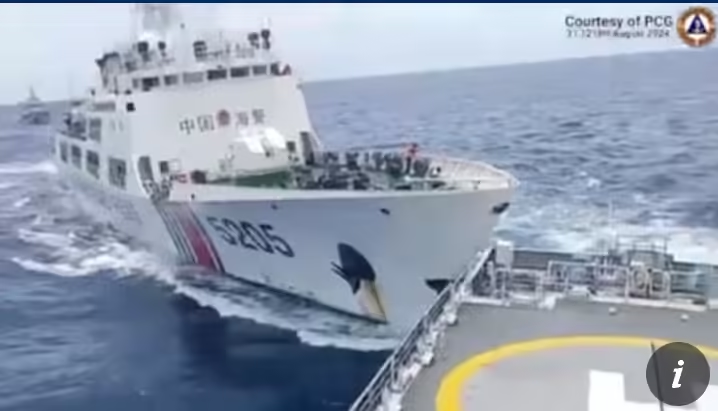A new flashpoint has emerged in the South China Sea at Sabina Shoal, heightening regional tensions and introducing new risks to maritime stability. Sabina Shoal, an underwater feature located within the contested waters, has become the focus of intensified disputes between China and neighboring countries, including the Philippines.
Recent reports indicate that China has increased its maritime activities around Sabina Shoal, including the deployment of coast guard vessels and increased surveillance. This move has sparked concerns among regional stakeholders, particularly the Philippines, which claims the shoal as part of its exclusive economic zone (EEZ). The heightened presence of Chinese vessels has led to a series of confrontations and diplomatic protests, further straining relations between the two countries.
The strategic importance of Sabina Shoal lies in its location within the resource-rich waters of the South China Sea, which is believed to hold significant reserves of oil and natural gas. The ongoing territorial disputes in the region are exacerbated by the competition for these resources, making any escalation in the area particularly sensitive.
Moreover, the increased military and maritime activity around Sabina Shoal introduces new dangers, including the potential for accidental clashes between vessels or miscalculations that could escalate into larger conflicts. The situation is further complicated by the involvement of other regional players and international interests, adding layers of complexity to the already volatile maritime environment.
As tensions continue to mount, there is an urgent need for diplomatic engagement and conflict prevention measures to address the risks associated with the situation at Sabina Shoal. The international community’s response will be crucial in managing the emerging dangers and ensuring that regional stability is maintained in the South China Sea.
